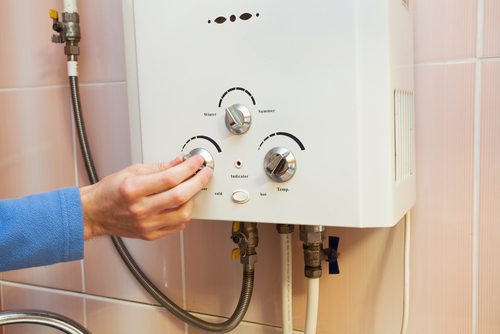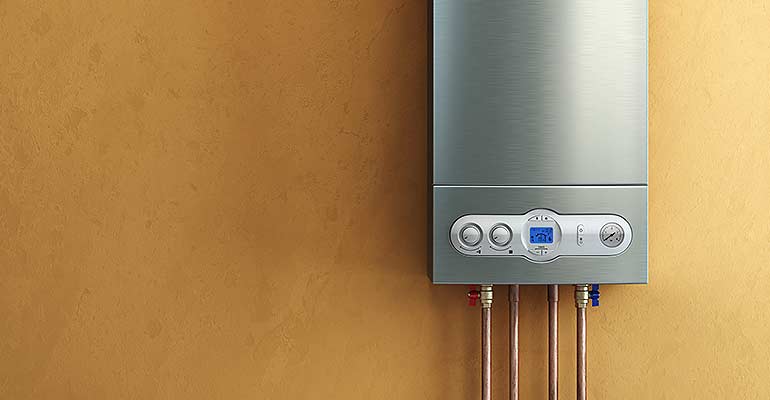Easy Steps to Caring for Your Home's Hot Water SystemEffective Techniques for Maintaining Your Home's Hot Water System
Easy Steps to Caring for Your Home's Hot Water SystemEffective Techniques for Maintaining Your Home's Hot Water System
Blog Article
Are you currently hunting for information on How to Maintain a Hot Water Heater in a Few Simple Steps?

Hot water is necessary for everyday comfort, whether it's for a revitalizing shower or cleaning meals. To ensure your warm water system runs successfully and lasts longer, routine upkeep is essential. This short article offers useful ideas and understandings on exactly how to maintain your home's hot water system to prevent interruptions and expensive repair work.
Introduction
Keeping your home's warm water system may seem challenging, but with a couple of straightforward actions, you can guarantee it runs smoothly for years to come. This overview covers whatever from comprehending your hot water system to DIY upkeep tips and recognizing when to contact professional assistance.
Importance of Preserving Your Hot Water System
Routine maintenance not just expands the lifespan of your warm water system but additionally ensures it runs efficiently. Ignoring maintenance can cause decreased effectiveness, greater energy costs, and even early failure of the system.
Indicators Your Hot Water System Requirements Upkeep
Knowing when your hot water system requires attention can protect against major problems. Watch out for signs such as inconsistent water temperature level, unusual sounds from the heater, or rustic water.
Purging the Water Heater
Purging your hot water heater removes debris accumulation, boosting efficiency and extending its life.
Monitoring and Replacing Anode Rods
Anode rods protect against corrosion inside the storage tank. Evaluating and changing them when worn out is vital.
Facility Issues Needing Specialist Help
Examples consist of significant leakages, electric problems, or if your water heater is constantly underperforming.
Regular Specialist Maintenance Benefits
Expert upkeep can include complete examinations, tune-ups, and guaranteeing conformity with safety requirements.
Evaluating and Adjusting Temperature Setups
Changing the temperature level setups makes certain optimal efficiency and safety and security.
DIY Tips for Upkeep
You can execute several maintenance jobs on your own to keep your hot water system in leading problem.
Checking for Leaks
On a regular basis evaluate pipes and connections for leakages, as these can bring about water damage and higher expenses.
Recognizing Your Warm Water System
Prior to diving right into upkeep jobs, it's handy to recognize the basic components of your hot water system. Typically, this includes the water heater itself, pipes, anode poles, and temperature controls.
Monthly Maintenance Tasks
Regular monthly checks can help catch minor concerns prior to they rise.
Examining Stress Alleviation Valves
Checking the stress safety valve ensures it operates appropriately and protects against too much pressure buildup.
Shielding Pipelines
Shielding warm water pipes decreases warmth loss and can conserve power.
When to Call a Specialist
While do it yourself upkeep is beneficial, some issues call for specialist experience.
Final thought
Routine upkeep of your home's hot water system is essential for efficiency, long life, and price financial savings. By adhering to these ideas and recognizing when to look for expert assistance, you can guarantee a reliable supply of hot water without unanticipated disturbances.
How to Maintain an Instant Hot Water Heater
Before tinkering with your hot water heater, make sure that it’s not powered on. You also have to turn off the main circuit breaker and shut off the main gas line to prevent accidents. Also turn off the water valves connected to your unit to prevent water from flowing into and out of the appliance. 2. When you’re done, you have to detach the purge valves’ caps. These look like the letter “T” and are situated on either side of the water valves. Doing so will release any pressure that has accumulated inside the valves while at the same time avoid hot water from shooting out and burning your skin. 3. When the purge valves’ caps are removed, you have to connect your hosing lines to the valves. Your unit should have come with three hoses but if it didn’t, you can purchase these things from any hardware or home repair shops. You can also get them from retail stores that sell water heating systems. Read the user’s manual and follow it to complete this task properly. When the hosing lines are connected, open the purge port’s valves. 4. You should never use harsh chemical cleaners or solutions when cleaning your unit. Make use of white vinegar instead. It should be undiluted and you’ll probably use about 2 gallons. 5. Now flush your water heater. This task should probably take about 40 minutes. We can’t give you specific directions for this because the procedure is carried out depending on the type, model and brand of your heater. With that being said, refer to the user’s manual. 6. When you’re done draining the unit, you have to turn off the purge port valves again. Remove the hosing lines that you earlier installed on each of the water valves. Put the valve caps (purge port) back in their respective places and be very careful so as not to damage the rubber discs that are found inside these caps. 7. Now that everything’s back in place, check your user’s manual again to find out how to reactivate your water heating system. 8. Once it is working, turn one of your hot water faucets on just to let air pass through the heater’s water supply pipes. Leave the tap on until water flows smoothly out of it. https://www.orrplumbing.com/blog/2014/september/how-to-maintain-an-instant-hot-water-heater/

I recently found that blog entry on Tips on Maintaining a Water Heater while doing a lookup on the search engines. Please pause to distribute this article if you liked it. I thank you for your readership.
Click Here Report this page